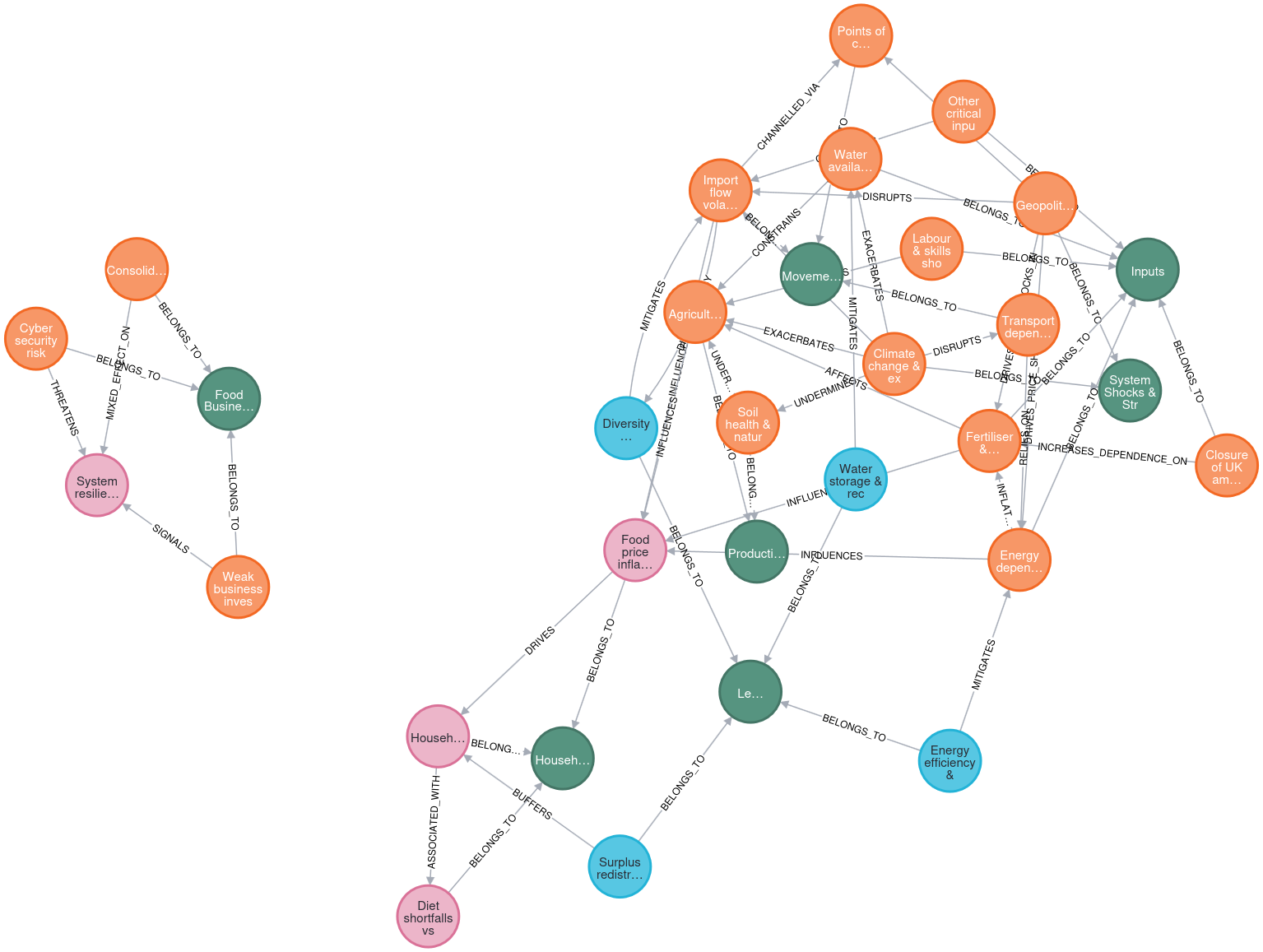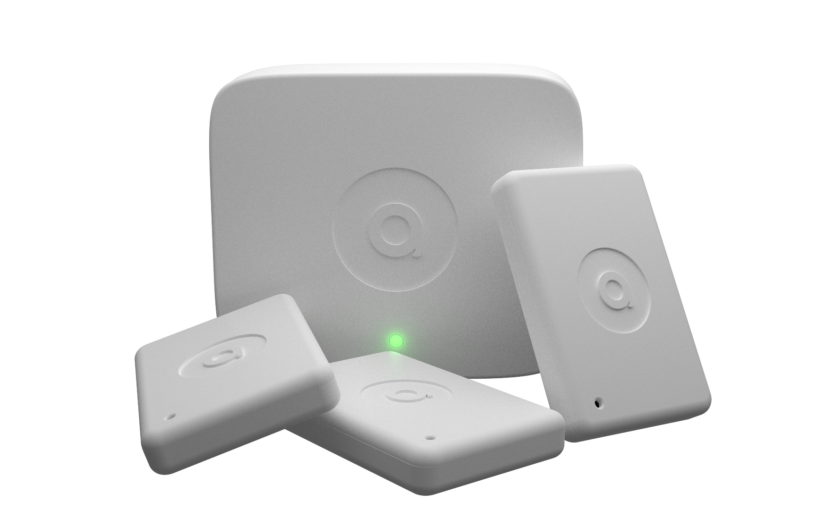Category: Data Analytics
-

Using AI for systemic risks in food systems
I have long had an interest in systemic risks and failure. How a system can come apart and fail is at last as interesting as how they work, and applying complex systems methods to understand how systems are vulnerable to failure is something I would like to spend more time on. With that in mind…
-

Breaking the Mould
The Institute for Safe Autonomy and the School for Business and Society at the University of York are leading a pilot study into the use of internal environment monitoring systems that could help with the detection of damp and mould in homes. Led by Philip Garnett, a professor in the School for Business and Society…
-
Ngrams – Computational Analysis of Google Ngrams Data
I recently did an invited talk for the student linguistics group at York St John University in York. The paper was broadly on the analysis of Ngrams data and was therefore a something of a summary of about 5 papers that I have been involved with over a number of years. It was nice to…
-
Chip – the Algorithmic Savings App
I came across an App, while aimlessly surfing, it’s an algorithmic savings plan. I think that is the best way to describe it, or at least its a way to describe it. The point of Chip is that when you sign up you get a savings account, held by Barclays Bank PLC, and the app…
-
Donald Trump Twitter Word Map
I used twitter4j and R to make a word map of Donald Trump’s tweets. I thought it would be interesting to see what his most used words are. The program downloads 3000 of his most resent tweets, unfortunately it cannot download all of the extended mode tweets. Only the first 140 characters. It wasn’t that…
-
Updated Daniel Morgan Network
I have processed more of the Daniel Morgan data, and thus have an updated network of the data. Below is a visualisation of the data produced by extracting the network structure from Neo4J using R and iGraph, then saving the network as a gexf file and importing into Gephi. The network is more complete but…